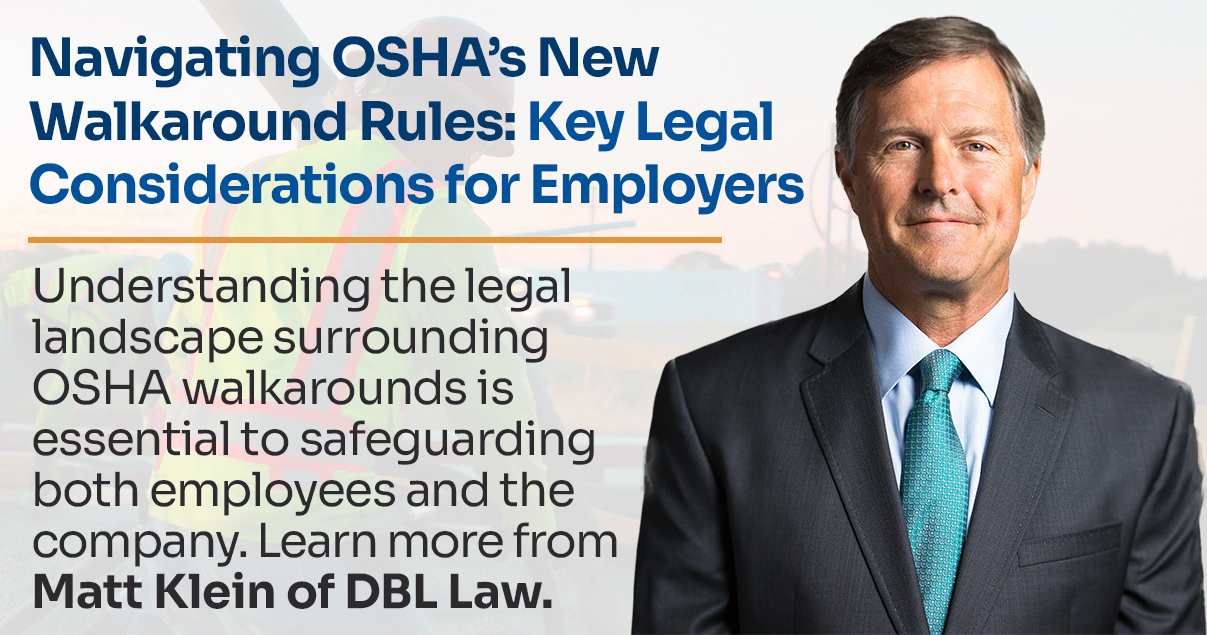The construction industry, known for its demanding nature and unique challenges, is facing a mental health crisis. Recent studies indicate that construction workers experience suicide rates nearly four times higher than the national average. This alarming trend has not only highlighted the urgent need for mental health support but has also opened up important legal discussions surrounding employers’ roles and responsibilities. In September, the construction industry marked a dedicated week for suicide prevention, reflecting a growing acknowledgment that mental health is a workplace safety issue deserving of focused attention and robust action.
The Legal Landscape: Employer Responsibilities and Mental Health
In the realm of workplace law, employers are legally obligated to prioritize their employees’ health and safety. Under OSHA’s General Duty Clause, employers must provide a workplace that is “free from recognized hazards that are causing or are likely to cause death or serious physical harm.” While often associated with physical safety, this requirement extends to mental health in high-stress industries, including construction.
A workforce struggling with unaddressed mental health issues poses inherent risks not only to individual employees but also to overall workplace safety. Employees under severe mental distress may be more susceptible to accidents and injuries, impacting co-workers and employers. For this reason, construction employers should treat mental health hazards with the same diligence they apply to physical safety concerns, developing a comprehensive mental health risk management strategy. Failing to do so may expose them to liability, especially if it can be demonstrated that the risks associated with employee mental health were identifiable and preventable.
Legal Actions and Proactive Measures for Mental Health in Construction
1. Integrating Mental Health into Safety Policies
Incorporating mental health initiatives within safety programs is both a protective measure and a legal safeguard. Employers can adopt measures such as:
- Mandatory Training: Ensure supervisors and managers receive training on recognizing mental health signs and intervening when necessary.
- Employee Assistance Programs (EAPs): Offer confidential resources like EAPs to provide a safe space for employees to seek help.
- Mental Health Protocols: Embed mental health response protocols within existing safety procedures, ensuring they align with OSHA requirements.
Additionally, updating safety manuals and employee handbooks to include mental health resources and protocols can provide employees with a clear roadmap on accessing support while also reinforcing the employer’s commitment to mental well-being.
2. Creating a Confidential Support Framework
Construction employers should prioritize creating a confidential, supportive environment where workers feel safe discussing mental health. Encouraging open communication, setting up anonymous reporting channels, and developing clear protocols for mental health crises are critical. With such a framework, employees who may be struggling are more likely to seek support early, reducing the potential for escalation. Legally, offering these services and protections may help limit employer liability, as it demonstrates a proactive approach to workplace mental health.
3. Ensuring Compliance with Disability and Privacy Laws
Employers must navigate mental health support in compliance with the Americans with Disabilities Act (ADA) and employee privacy protections. The ADA stipulates that employees experiencing mental health conditions that impact their job performance may be entitled to reasonable accommodations. Employers should train managers to handle these conversations sensitively and in accordance with ADA guidelines, ensuring employee privacy while accommodating their needs. Understanding how these laws intersect with workplace safety requirements can help construction employers build supportive, legally sound mental health policies.
The Power of Prevention: Building a Safer, Healthier Workforce
In September, the construction industry took a critical step forward by dedicating a week to suicide prevention, yet the work must continue throughout the year. Building a healthier workplace requires each of us to commit to looking out for one another and fostering an environment where employees feel valued, heard, and supported. Mental health, like physical safety, is a shared responsibility.
At DBL Law, we believe that the construction industry’s greatest asset is its workforce. Employers who prioritize mental health are not only fostering a safer environment but are also safeguarding their businesses from potential legal and financial liabilities. Creating a compassionate, health-conscious workplace culture is key to driving industry-wide change.
Do Your Part
We each play a role in ensuring the well-being of those around us. As construction professionals, business leaders, and individuals, we must do our part to promote mental health awareness, open communication, and timely intervention. Employers should continue evaluating and expanding their mental health programs to ensure they are not just legally compliant but genuinely supportive. If you’re a construction employer or manager, consider how you can incorporate mental health into your safety protocols, promote open conversations, and provide accessible resources. Together, we can work toward a construction industry that prioritizes safety in every form.





